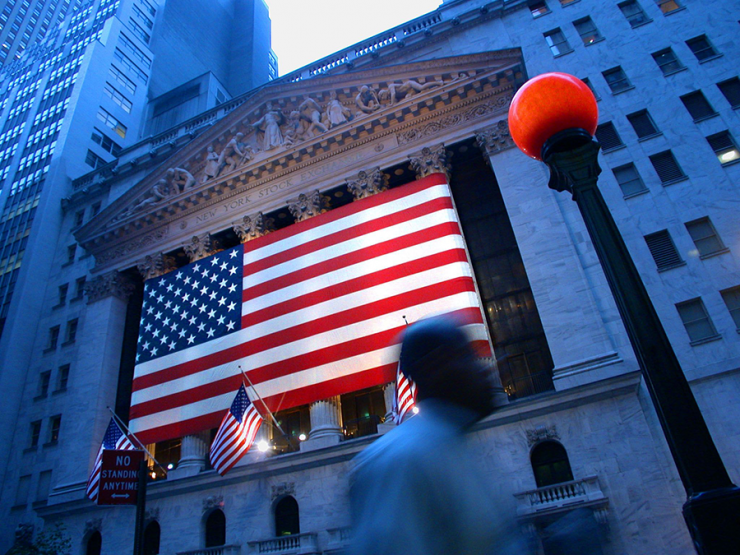The US economy under-performed the third quarter of 2016 and did not live up to consumer’s expectations of higher growth. It raised concern over the imbalance created between business investment and consumer spending due to the risk of recession.
According to the Commerce Department’s statement on Friday, the value of goods and services in the US, more commonly known as the GDP rose at a seasonally adjusted rate of 1.2% during the second quarter.
Bloomberg had expected a 2.6% growth rate for the third quarter. Additionally, the revised growth rate for the fourth quarter shows a decline from 1.4% to 0.9% and a fall from 1.4% to 0.9% for the first quarter.
Other key findings include
-
Growth
The revised growth trend analysis show a marginal increase in the growth rate from 2.1% to 2.2% during the period 2012-2015.
-
Consumer spending
Consistent consumer spending has played its integral role in keeping a surging demand for goods and services as it rose by 4.2%. Employment opportunities, income growth, low fuel prices and reduced mortgages have boosted consumerism in the third quarter. Consumer demands form 70% of the national income.
-
Exports
The country’s trade deficit is on the road to improve. While imports were curtailed by 0.4%, exports actually rose by 1.4%. The positive outlook is a signal for stimulation in the sluggish global economy.
However, business investment has continually declined through the third quarter sliding by almost 2.2%. Capital spending has remained repressed due to the long standing strong dollar and the low crude oil prices both of which triggered a drop in exports.
Despite having high consumer demand, companies’ expectations about demand were still higher. This resulted in huge stockpiling and reduced growth by 1.2%. Consistent stockpiling over the years has always had a negative impact on growth.
The sluggish growth of the US economy could keep the Fed on hold for longer than planned as it considers a hike in the interest rate. In December, the Fed lifted its key rate but it has remained unchanged ever since.
Earlier this month, the economy appeared to be growing out of the slump as the Labor Department reported that employers offered 287,000 jobs in June after just 11,000 in May. This difference of facts draws concern amongst economists who believe that the GDP provides an inaccurate picture of the economy size.
However, this was the government’s first estimate of growth in Q3 which is expected to be revised twice over the course of the next 2 months.
The economy has been expected to perform better in the second half of the year. Exports are expected to experience a growing trend due to higher crude oil prices and a stable dollar according to economist Paul Ashworth of Capital Economics.
“There are some reasons for optimism,” Ashworth says.
Household investment is not one of them. Despite benefitting from the solid recovery post 2009, it fell 6.1% after gaining in previous quarters.
Similarly, government spending reduced by 0.9% after steady gains since 2014 due to drop in defense outlays by 3%.




